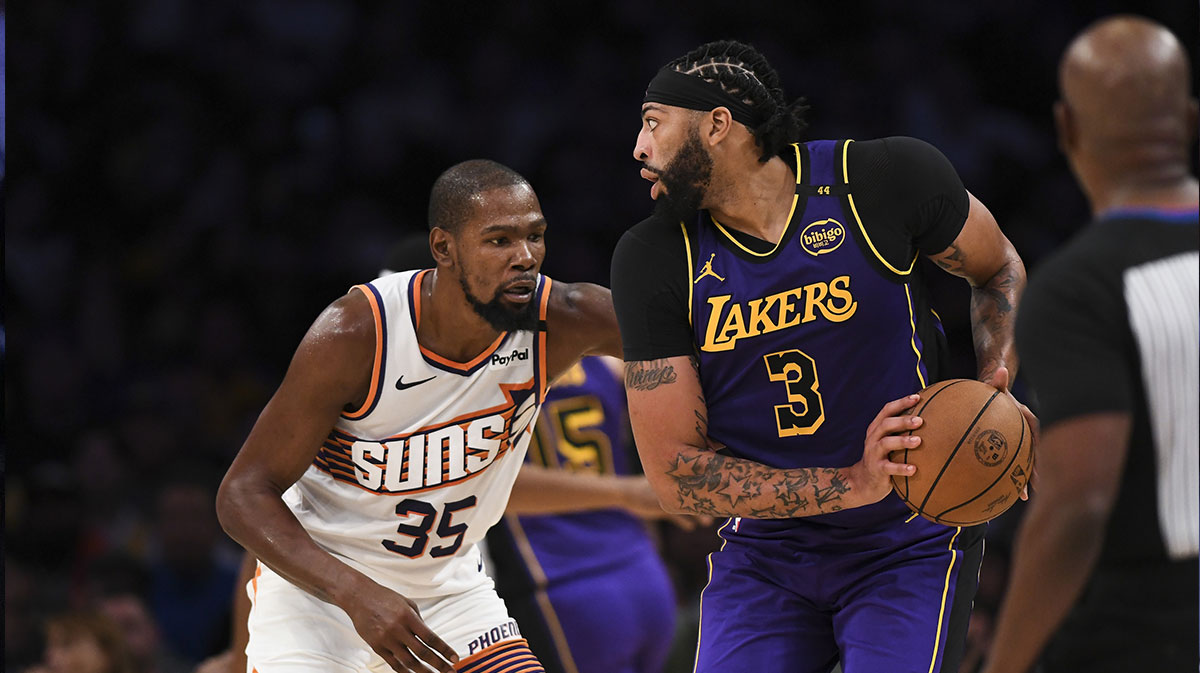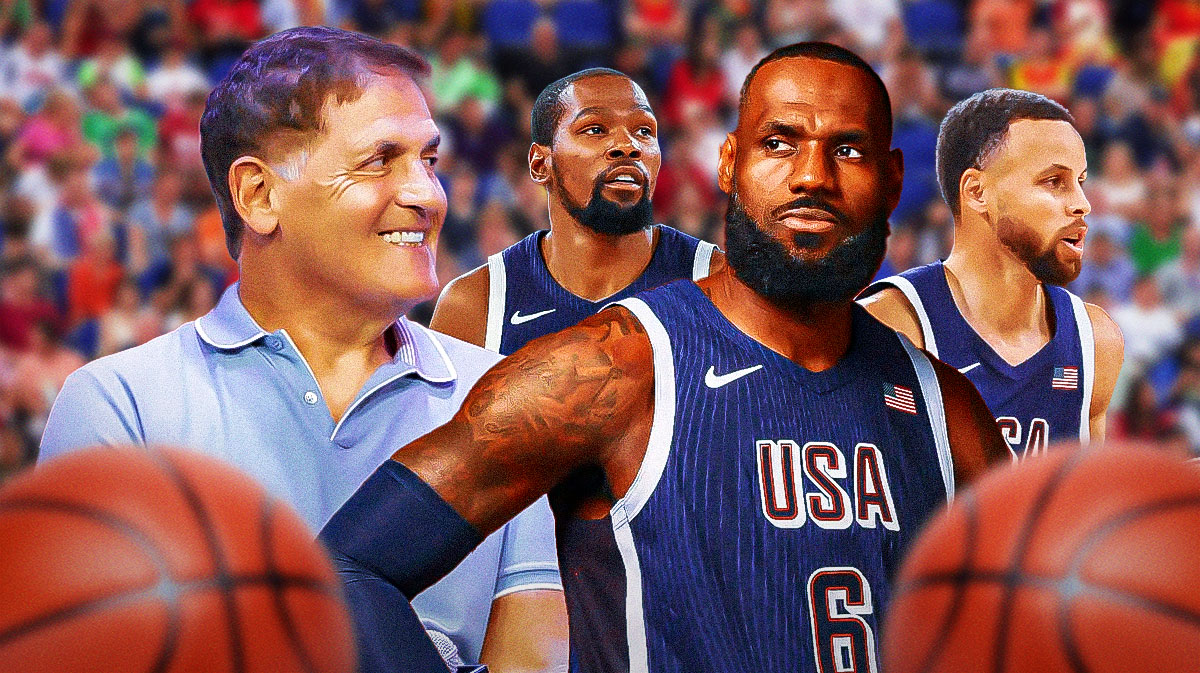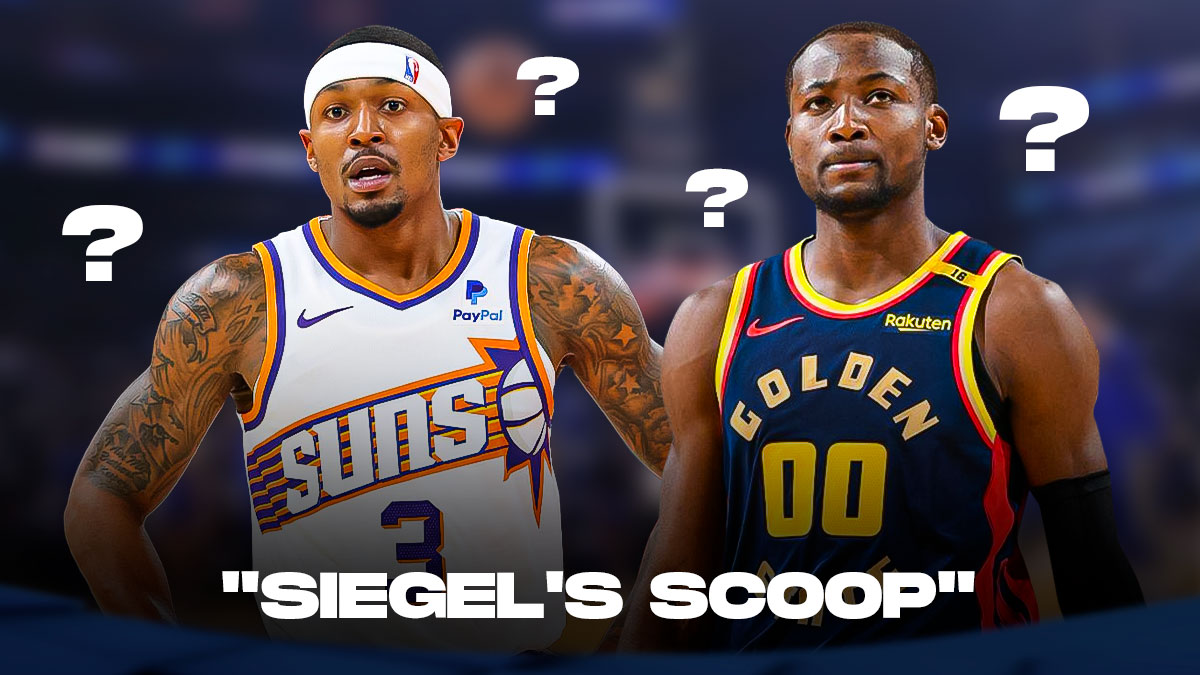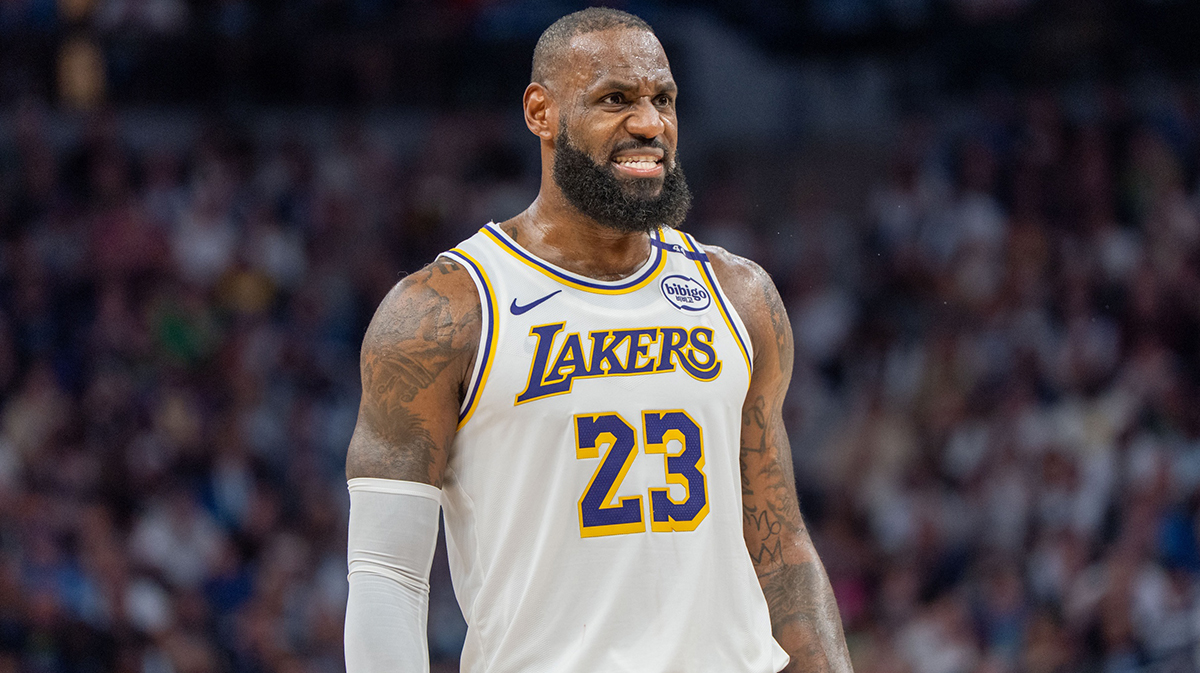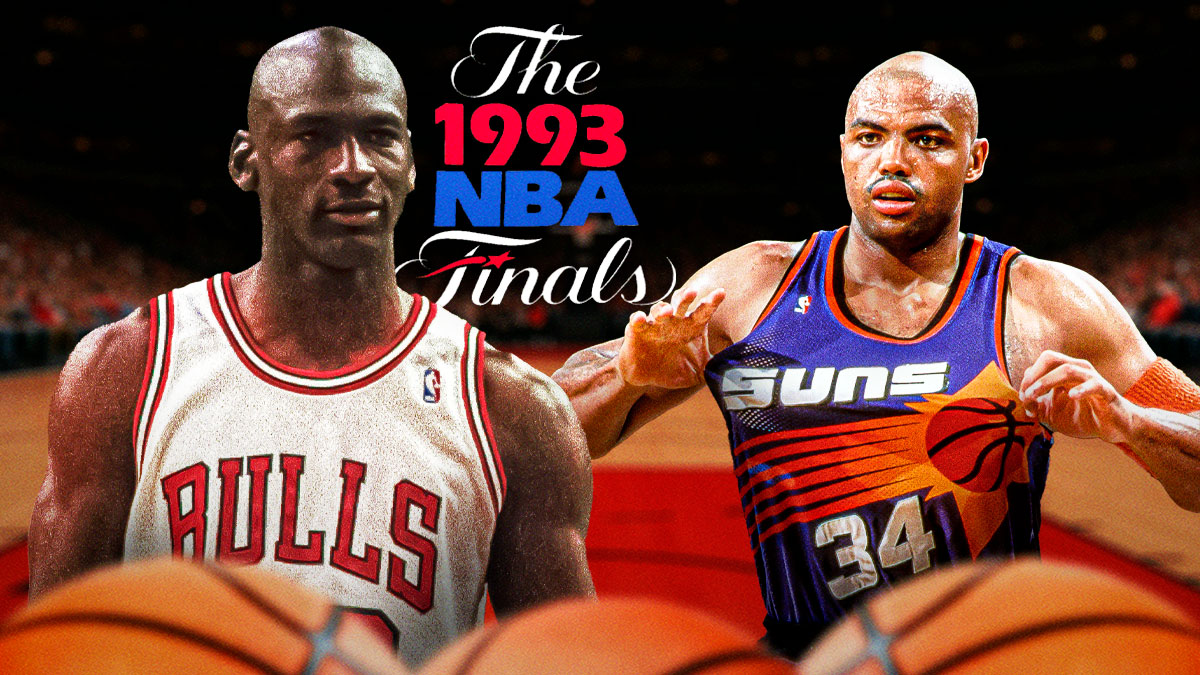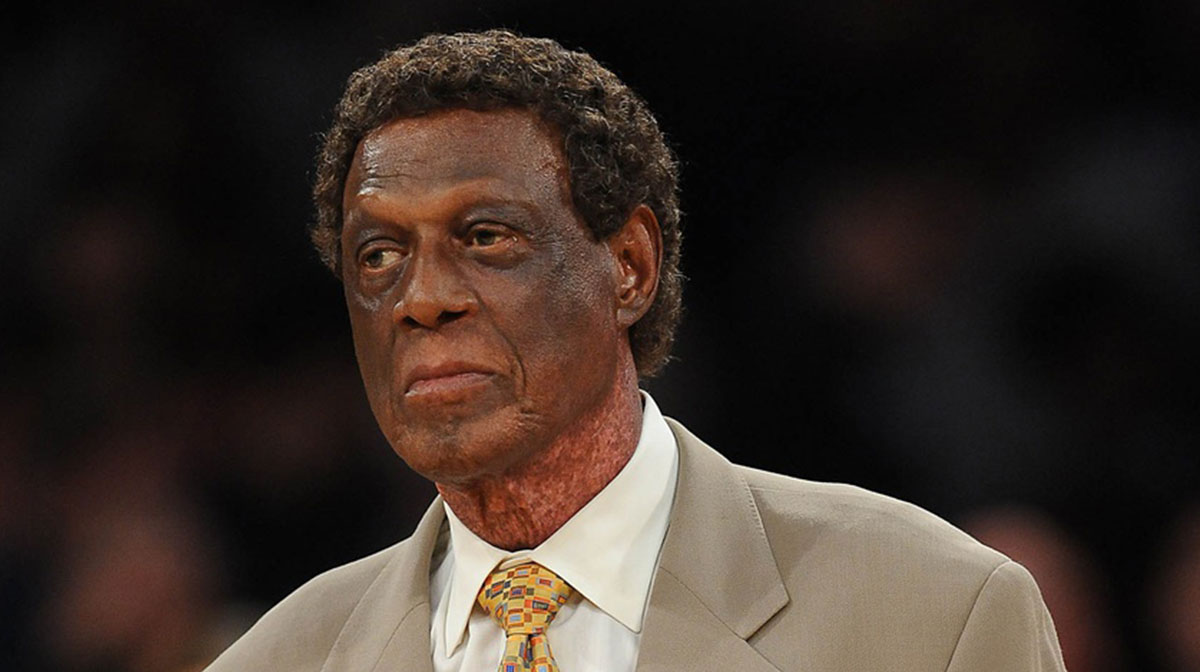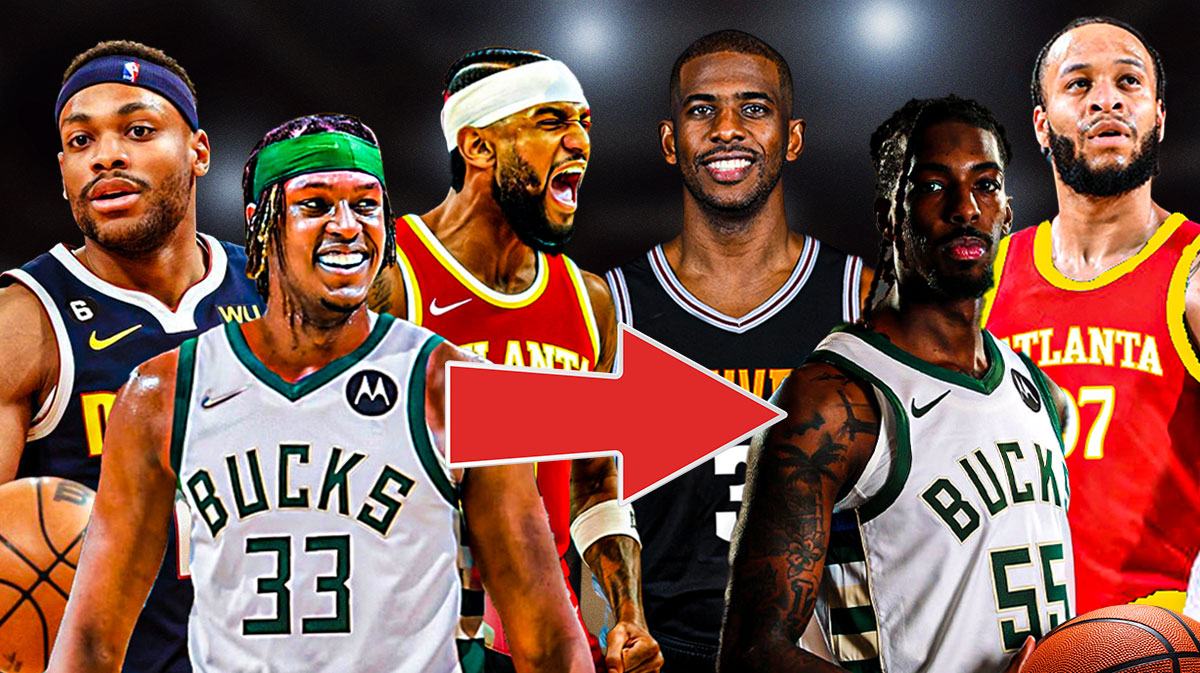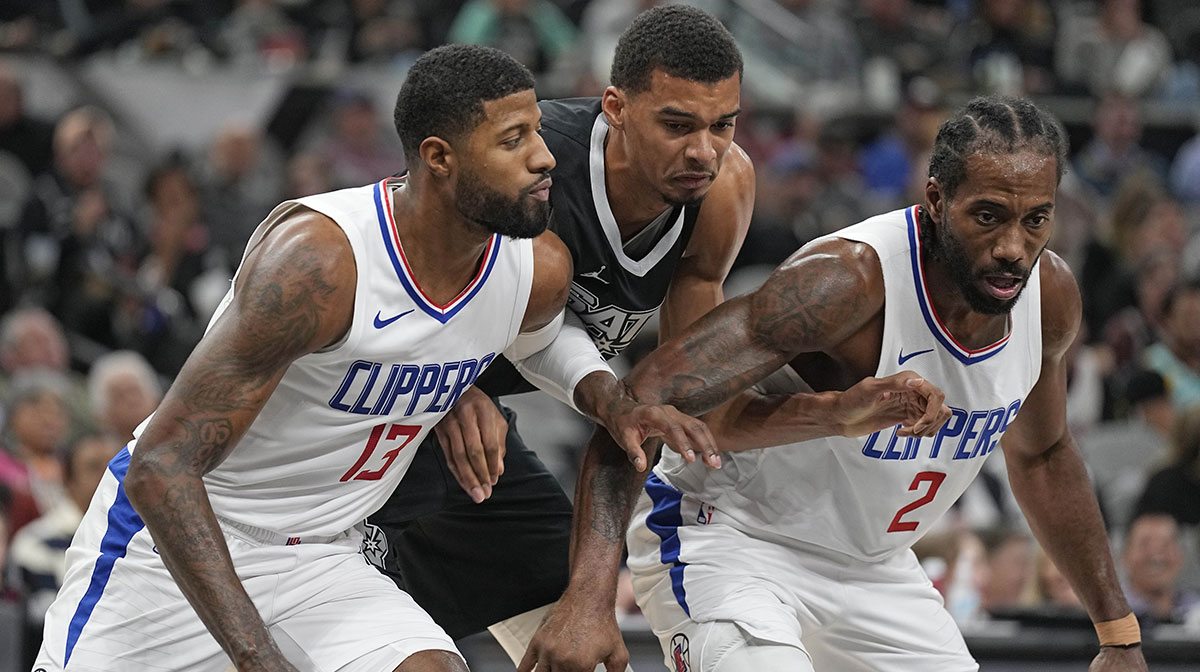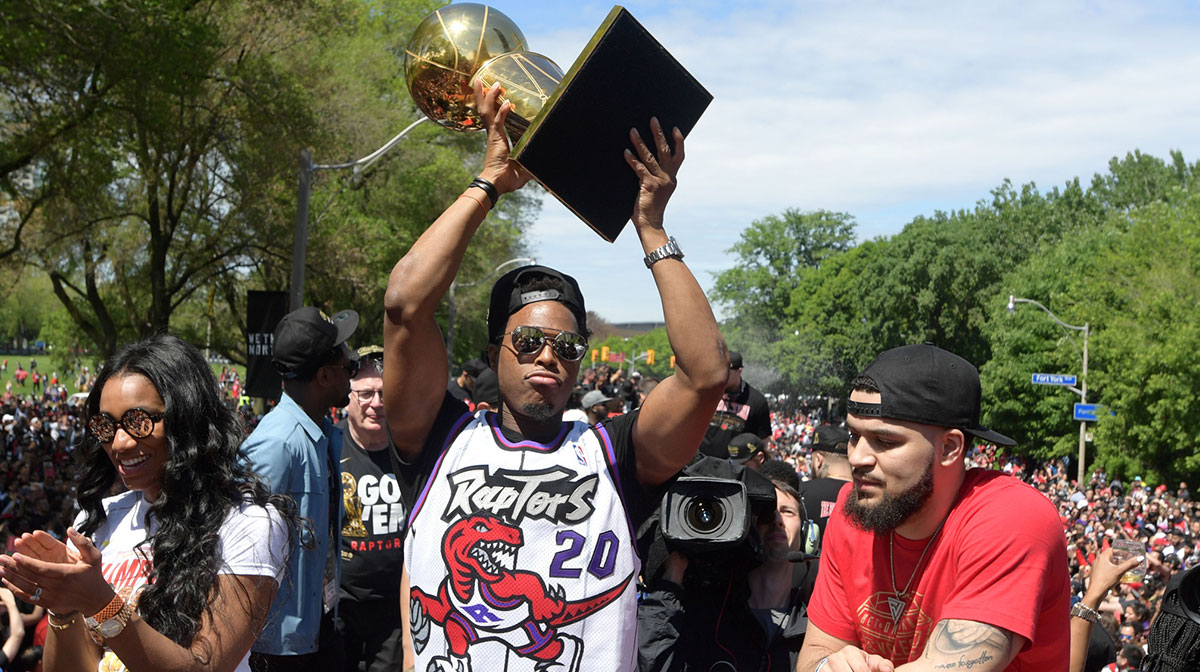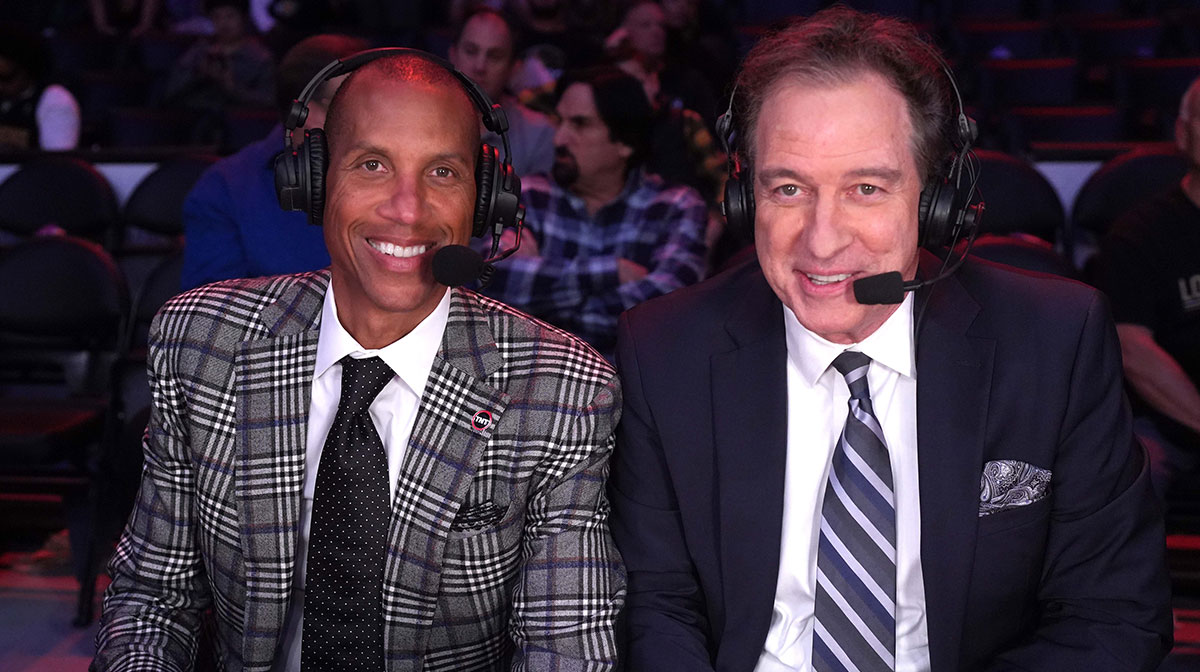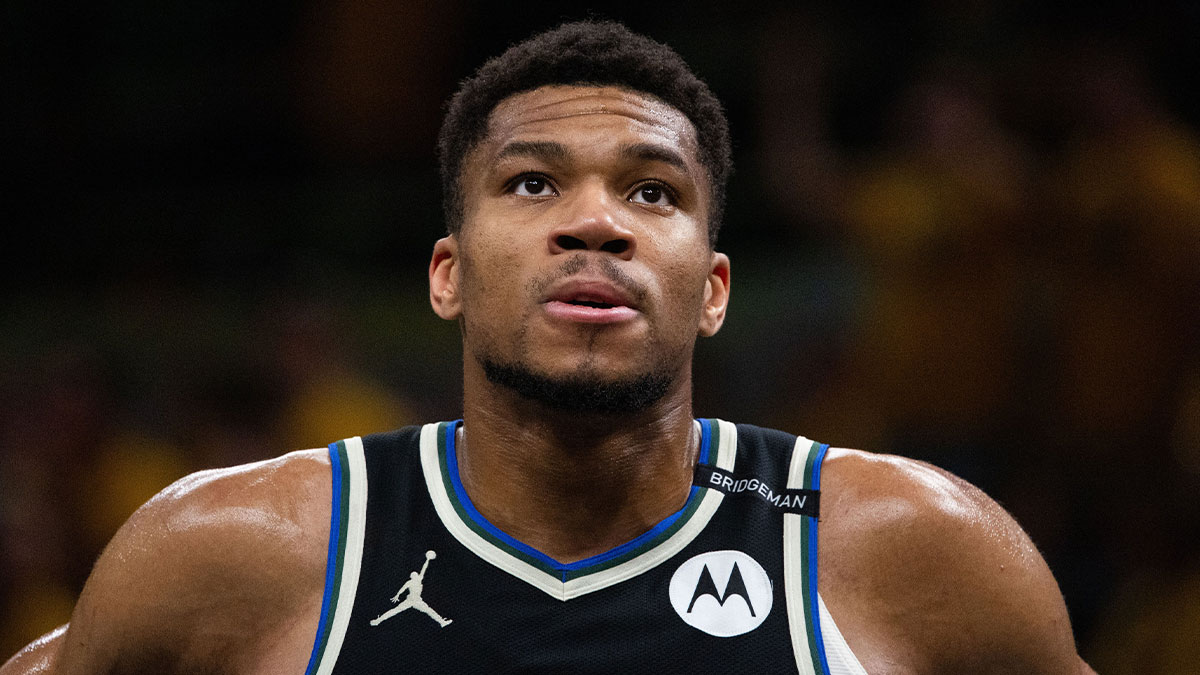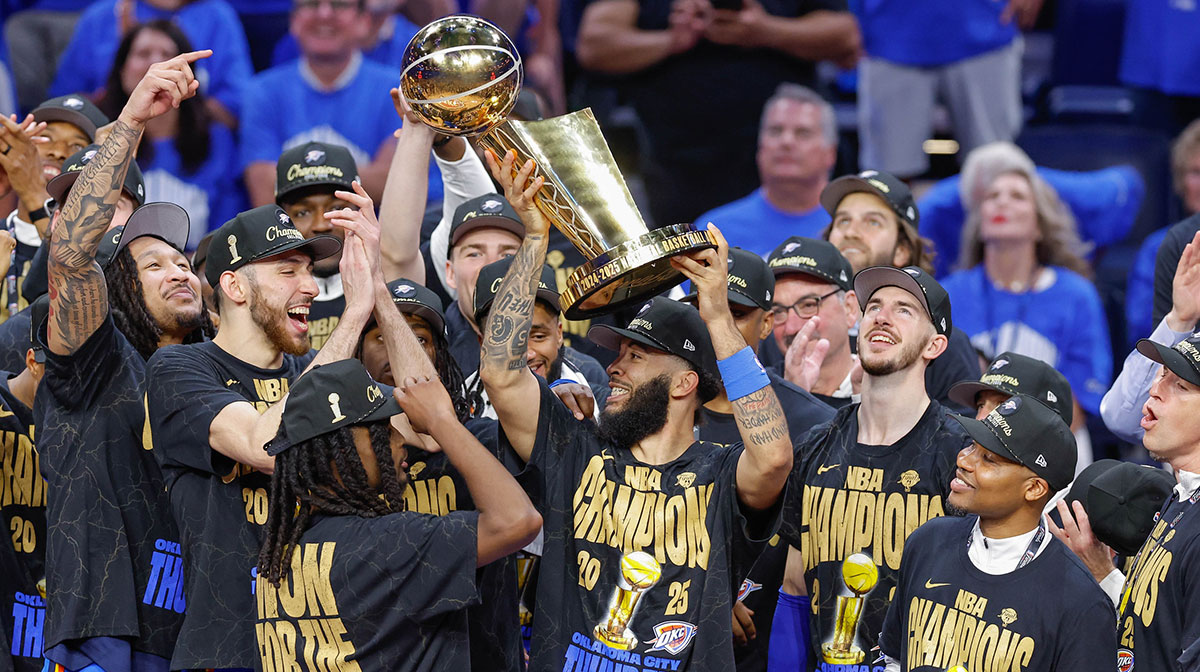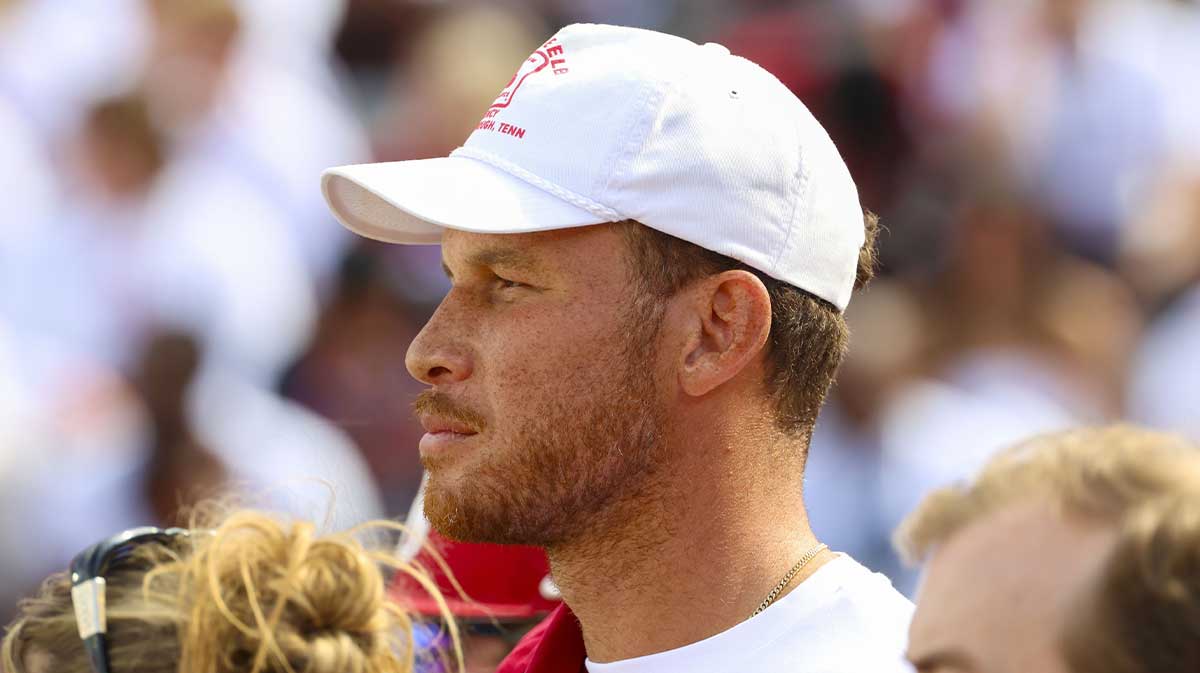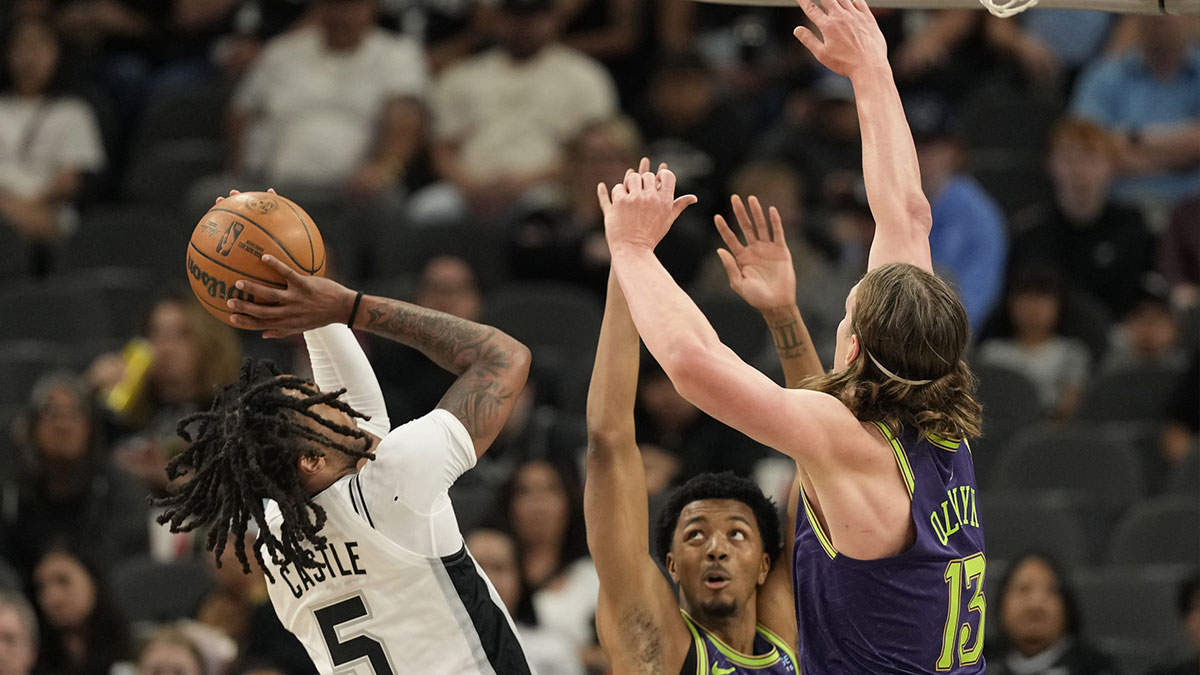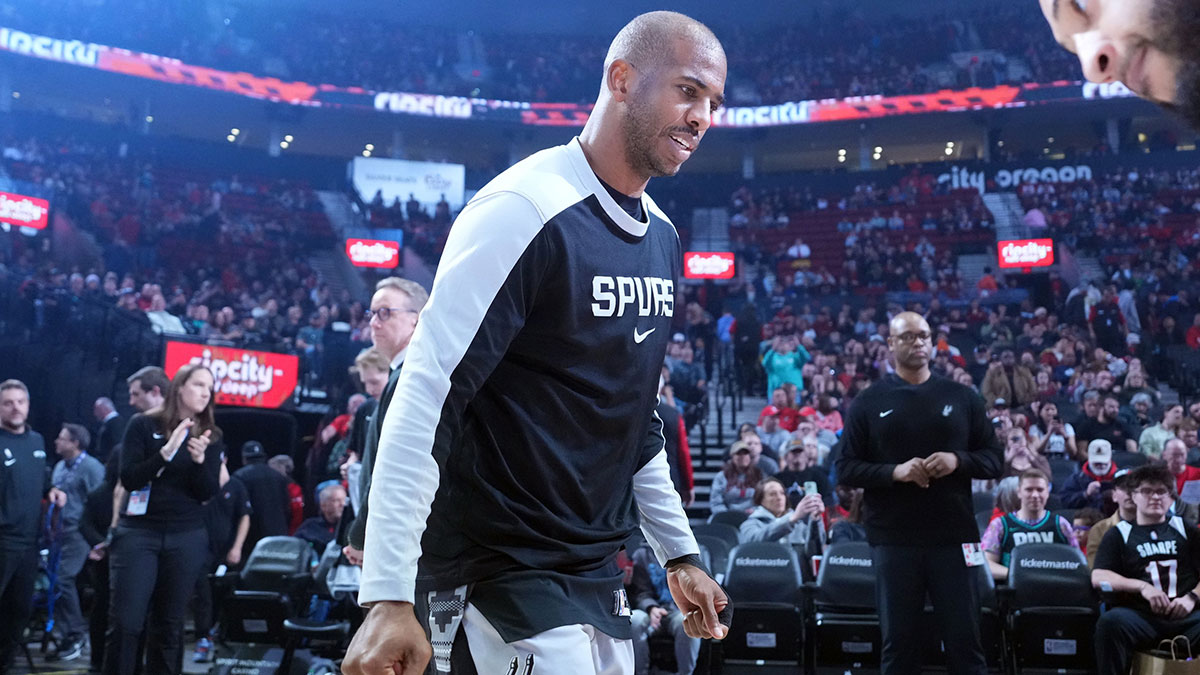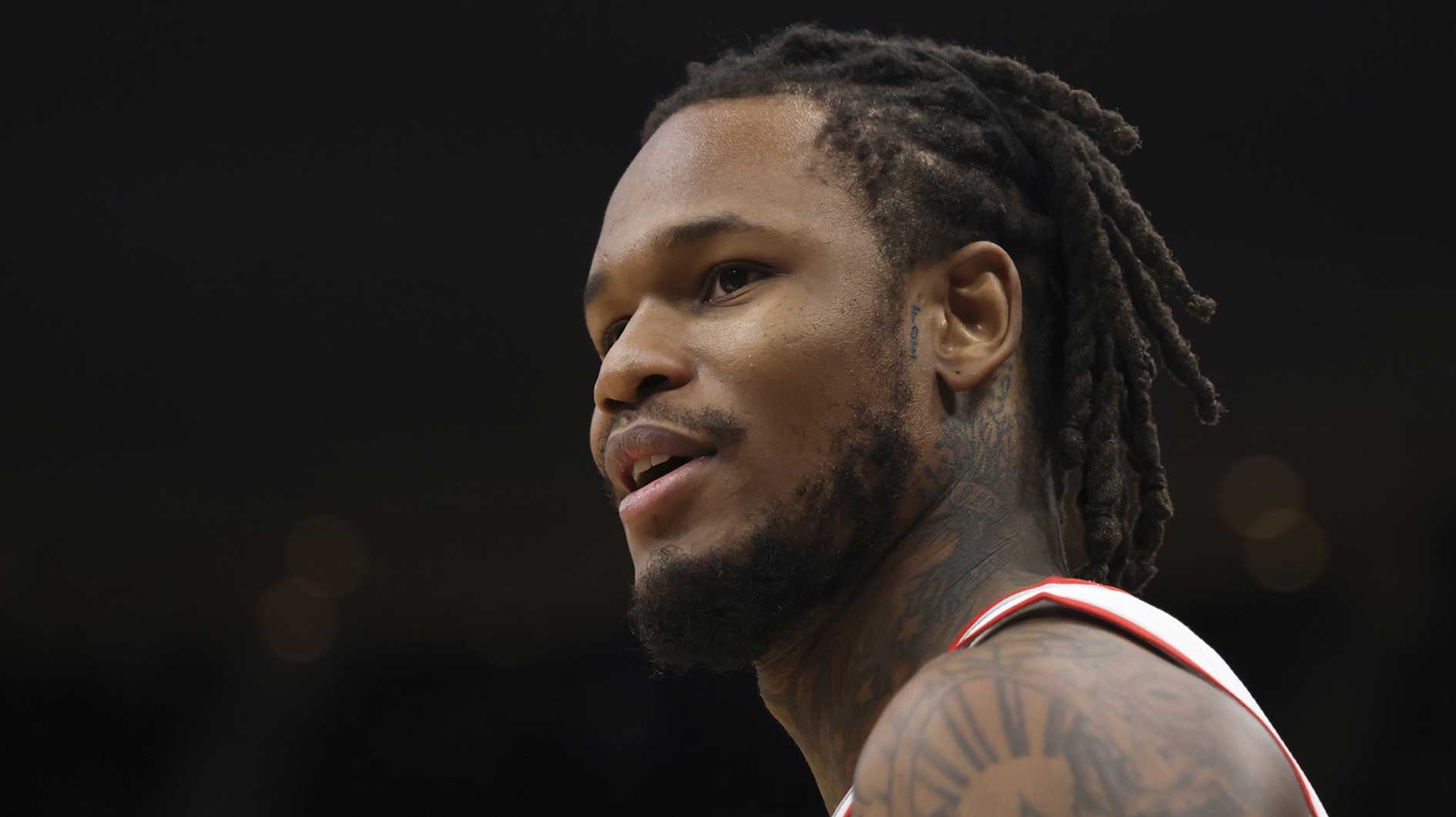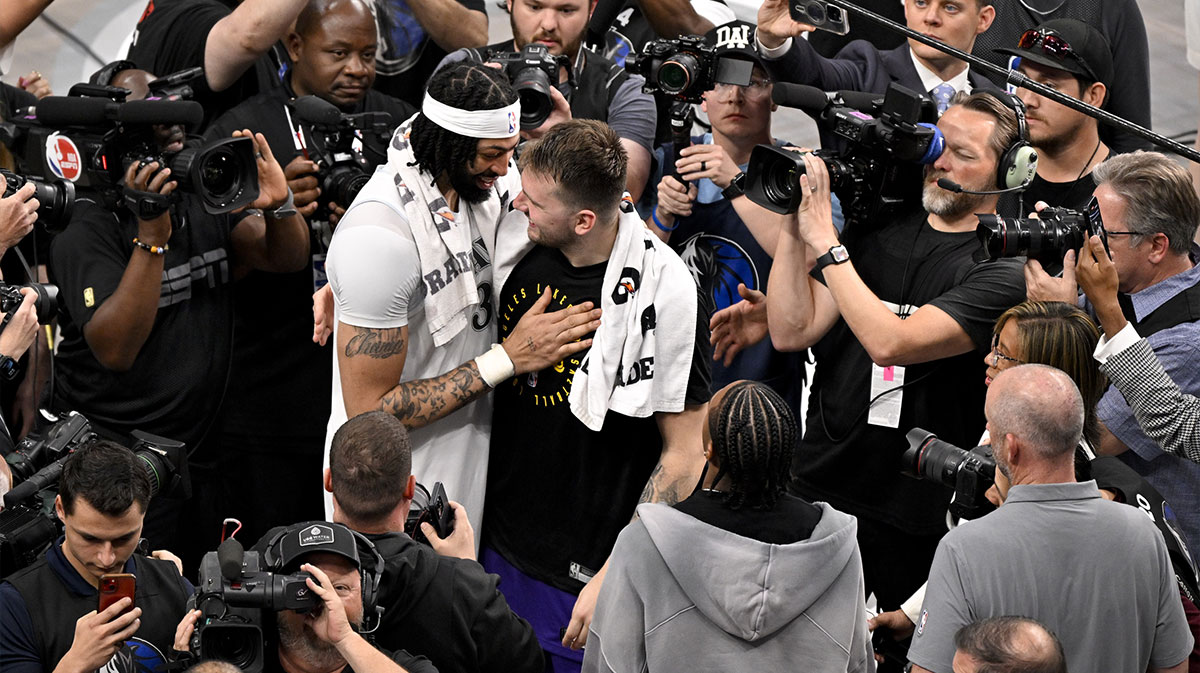LeBron James is one of the foremost “Iron Men” in NBA history. He will likely end his career as having the most games played in NBA history and close to the most points ever scored. Two main factors in his achieving all of these accolades are his longevity and health. However, with LeBron's most recent injury, many are wondering what his injury history has looked like.
Here, we'll dive into his injury history, how he's maintained such an elite physical profile, and what this high ankle sprain can mean for the remaining years of James' career.
The First Injury: The 2011 Finals
Somehow, all 6-foot-9, 285 pounds of LeBron James had almost no multi-game absences throughout the first eight years of his career. That didn't even change during this first injury as he mostly played through it. However, the injury is significant because it permanently altered his legacy in the eyes of many. The 2011 NBA finals are famous for being the collapse of LeBron and the Heat. There are many reasons for the Heat faltering, but one of the main ones was the way James dealt with chronic cramping in his right thigh and left calf. He would frequently cramp up after a hard drive to the basket or a defensive possession, forcing the Heat to take him out of the game.
It's rare to talk about a cramp as any sort of significant injury, but it really affected the Akron native. One of the reasons it was so striking was that it was almost unheard of to see LeBron in that state. James is such a historic physical beast that seeing him that vulnerable was a shock. The story is pretty well known from there. Dirk and the Mavericks took advantage of an injury-riddled LeBron and went on to win the championship.
The Second Injury: The First Season with the Lakers
When LeBron James signed with the Los Angeles Lakers, the excitement was palpable. We all know that eventually, LeBron would lead the Lakers to a championship. However, his first year in LA was not so rosy. The team sat at 7th in the West in late December. They were struggling with a lack of scoring, and LeBron had to carry a heavy load on offense. Then, James was sidelined for the next 20 games with a serious groin injury.
When the muscles in the groin area are overworked, they can tighten up and stretch. In the worst cases, these injuries become chronic and the muscles can tear and rip. Luckily, LeBron's never got to be that severe and he was able to recover and lead the Lakers to the finals a year later.
Why LeBron James is so Durable
The 36-year-old is a fascinating case study for anyone interested in basketball biomechanics. The first thing to point to explain this phenomenon is his elite preparation. It is estimated that LeBron spends up to $3 Million dollars a year keeping his body in perfect physical condition. Things like BioFreeze, muscle relaxers, diets, and state-of-the-art workout equipment all go towards keeping himself in peak physical condition.
His closest physical comparisons are Blake Griffin and Zion Williamson in terms of body composition, size, and athleticism and those two have had much worse injury luck than LeBron has ever had. James is a complete anomaly from a health perspective and it's very difficult to fathom at times.
Evaluating the Ankle Sprain
There are two types of ankle sprains that can occur: low-ankle sprains and high-ankle sprains. LeBron's was of the high-ankle sprain category. The difference is not only where the ankle the sprain occurred, but also the general severity of the injury. Low-ankle sprains are less likely to cause long absences because there are fewer tendons and muscles that can get inflamed below the ball of the ankle. A high ankle sprain is more severe because it can cause a larger string of inflammations to occur.
James will likely miss three to six weeks with this injury and that will be a trying time for this Lakers team. With Anthony Davis still out with Achilles Tendinosis, the Lakers will have to scrap for wins to maintain seeding in the Western Conference. The Lakers are currently the 3-seed but the Los Angeles Clippers are right on their tail. The Lakers will need to survive this stretch without their two stars if they want to stay in the top half of the Western Conference.

